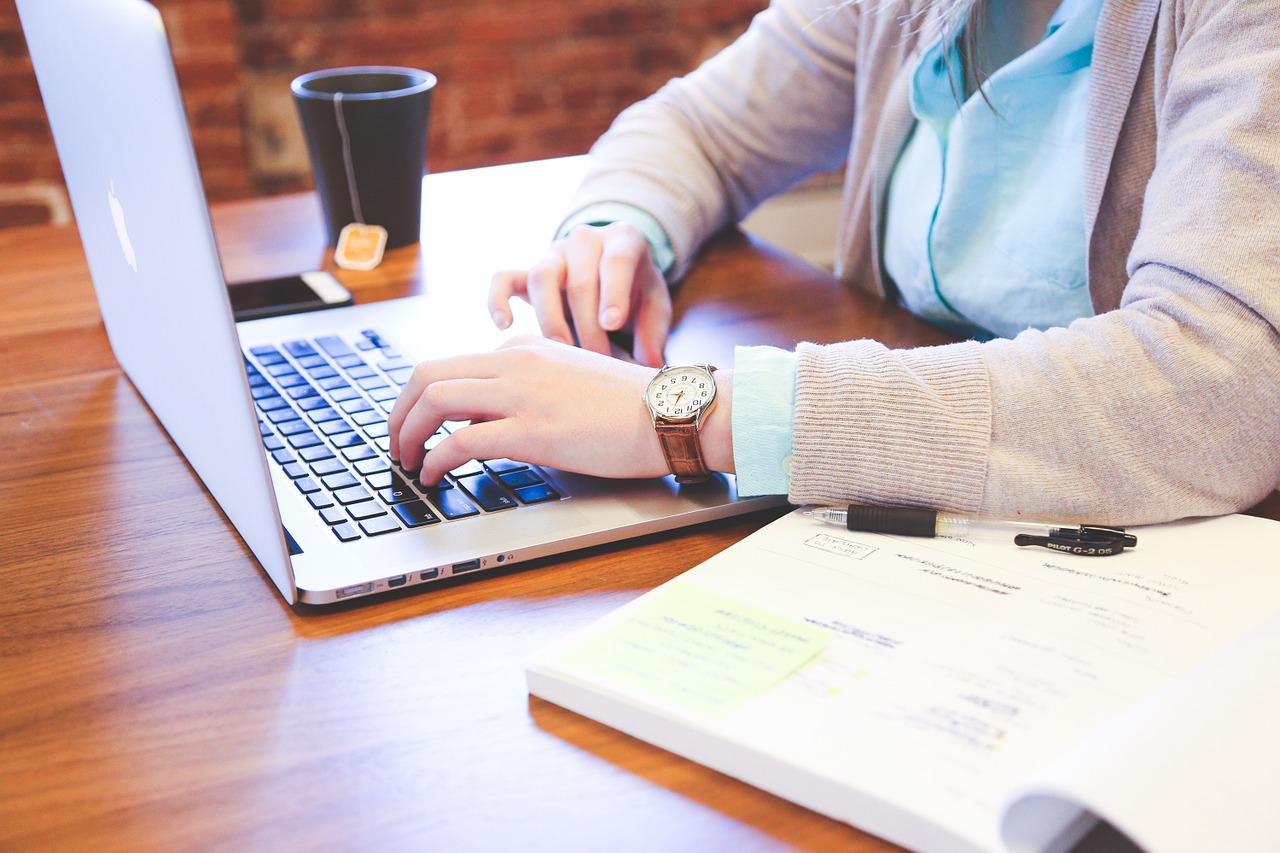Is work a pain? It might be your posture

There isn’t much heavy lifting but the office can still put a strain on your body. Poor posture can cause discomfort that follows you home from the workplace. However, a good, balanced, and supported position will help you to work, play, and rest in comfort. Here are our tips on a position above the rest: it’s called: ergonomic seating.
Safe, supported seating is all about angles and there are tools, which can help make your work life a little more spine-suitable. These are the three office posture puzzle pieces and how they fit together: chair, desk, and computer.
Chair
Your chair has your back. It is the centre of comfort and support in the office and you should maximise it by keeping your hips as far to the back of the chair as possible. Your upper and lower back should both feel supported. Adjust your chair with angles (roughly 100 degrees) or pillows to achieve this.
You aren’t in a baby high chair and you shouldn’t be rocking back and forth on the back legs of your chair like a teenager. You need to adjust your seat height to suit your stature. Both feet should be planted on the floor with even weight distribution. Your knees should be in line with, or slightly higher than your hips.
Chairs also affect your arms and shoulder comfort. If your chair has armrests, move them so that your arms rest, in a relaxed position. If they aren’t adjustable or prove to be persistent obstacles to your desk-work, simply remove them.
Desk
You should have a desk for your desk-work. It seems obvious but many people who work from home or out of a traditional office ignore this practical, archaic tool. Your desk should be taller than your chair so that your legs are free to move underneath it.
Computer
It’s likely that your computer is the centre point of your works station. Laptops are the ultimate culprit for neck wrecking. They leave you at an incline that is unsupported, unstable, and plain uncomfortable. Your computer should be about an arm’s length from you and specifically, your screen should be about 5-7cms above your seated eye level. Adjustable laptop stools/ stands are available in a variety of materials and designers for laptop owners to make their position more ergonomic.
Ideally, an external keyboard and mouse is beneficial to the posture of laptop lovers. This allows the keyboard and mouse to be as close to the user as possible, minimising unnecessary strain. This also means tools like wrist rests and padded mouse pads can put your hands in neutral, relaxed positions that continue the positive angles in the rest of the body.
In short, synchronising these basic office elements will help maintain an unstrained body. When at the desk, prioritise your comfort and remember stretching and strolling are also ideal breaks for maintaining blood flow, energy and elasticity throughout the day.


